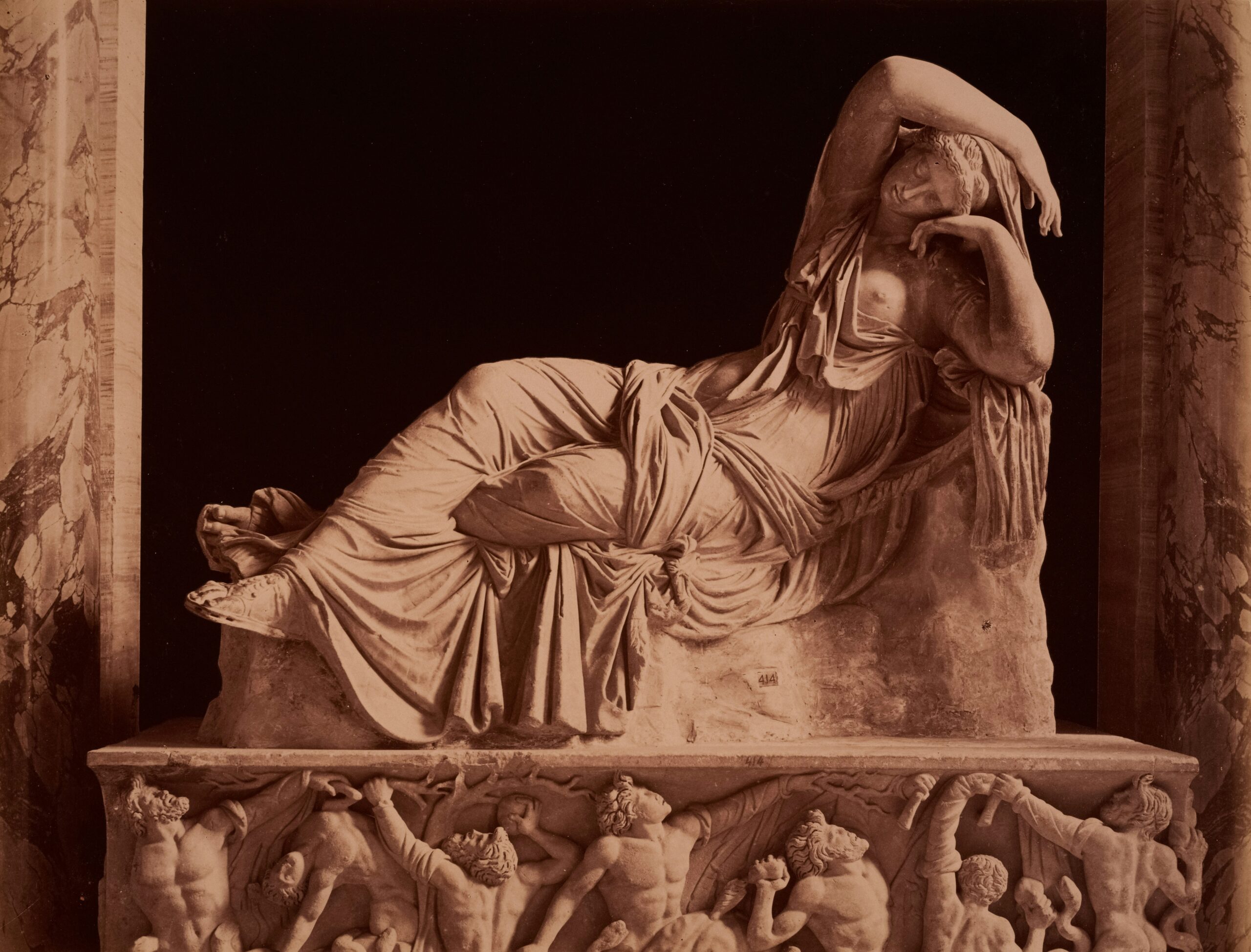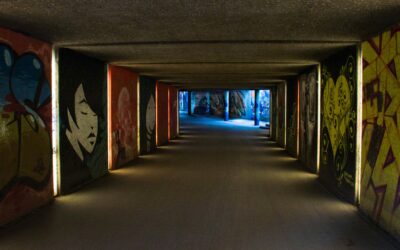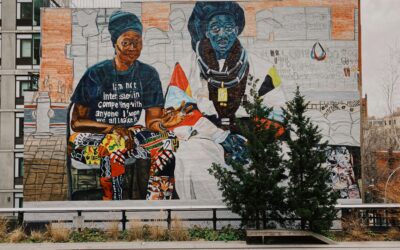Sculpture, with its enduring presence in stone, bronze, and wood, has long been viewed as a male-dominated medium. The sheer physicality of sculpting has historically led many to assume it was a craft unsuited to women. But history, when viewed through a wider lens, tells a more complex and nuanced story.
Ancient Roots: Women as Inspiration and Creators
The history of sculpture begins with figures like the Venus of Willendorf, a Paleolithic artifact believed to symbolize fertility and feminine power. Created over 25,000 years ago, it highlights how early societies revered the female form. While the creator’s gender remains unknown, the symbolic centering of femininity marks a foundational link between women and sculpture.
In ancient civilizations like Mesopotamia and Egypt, sculptures of goddesses were as prominent as those of male deities. There’s also archaeological evidence that some women may have worked as artisans in temple workshops, contributing to the creation of ritual sculptures and reliefs.
Forgotten Hands: Women Sculptors in Antiquity
Historical documentation is sparse, but not entirely absent. A few women are mentioned in classical texts. Kresilas, a 5th-century BCE Greek sculptor, was once thought to be male until closer readings suggested otherwise. Similarly, Timarete, a painter whose work crossed into sculptural territory, is one of several female artists recorded by Pliny the Elder.
Yet, patriarchal norms often erased or reattributed women’s works to male artists. This suppression extended into the Renaissance and Enlightenment periods, when women were largely excluded from formal training in anatomy and perspective—essential knowledge for sculptors.
The Renaissance: Silent Contributions
Despite exclusion from official art academies, women found indirect paths into sculpture. Noblewomen with access to education sometimes trained privately. Some served as assistants in family workshops, where their hands shaped stone but their names vanished from records. A notable example is Properzia de’ Rossi, a 16th-century Italian sculptor whose intricate work earned recognition from her male contemporaries, though her legacy faded for centuries.
The 19th and 20th Centuries: Breaking Stone and Barriers
The industrial revolution and rise of modernism brought new visibility to women in the arts. Camille Claudel, a French sculptor, challenged conventions with emotionally intense works that often rivaled her mentor and lover Auguste Rodin. While Rodin’s fame eclipsed hers for decades, Claudel’s originality has gained appreciation in recent years.
In the UK, Barbara Hepworth pioneered abstract sculpture with organic forms, emphasizing harmony between form and landscape. Her works remain central to British modernism. Meanwhile, Augusta Savage, an African American sculptor during the Harlem Renaissance, used her art to reflect Black dignity and challenge racism, despite limited opportunities.
Contemporary Sculpture: Feminist Voices and New Forms
Today, female sculptors are no longer anomalies. Louise Bourgeois explored trauma, memory, and femininity through massive spider-like forms and visceral installations. Her legacy bridges the psychological and the sculptural, opening doors for artists like Kiki Smith and Simone Leigh, who bring personal and political narratives into three-dimensional form.
Contemporary sculpture has also seen the medium expand beyond marble and metal. Artists use textiles, digital technology, found objects, and performance, reshaping the definition of sculpture itself. In this fluid, interdisciplinary field, women have emerged as innovators rather than exceptions.
Why This History Matters
Reclaiming women’s contributions to sculpture is not just about credit. It reconfigures our understanding of art history. Recognizing these voices reveals how sculpture has always been shaped by diverse hands and experiences.
For viewers and collectors alike, knowing this history adds depth to the appreciation of form. Behind each curve, each chisel mark, may lie a story that challenges the dominant narrative and invites us to look again—and look deeper.




